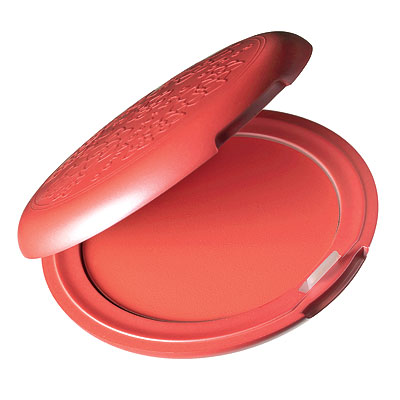The Best Cream Blushes
Don’t call it a trend any longer: thanks to the need for aesthetic diversity, cream blush has become the cosmetic go-to for those who’ve grown tired of the basic powder and blush formula. But because it can be an adjustment to switch from tradition to “new and improved”, we’ve come up with ways to make cream blush work for your skin tone and type, which should make the embracement of crèmes over powders that much easier.
Step 1: What finish do you prefer?
Like you would when determining eye shadow tone, lipstick shade or even bronzer, before opting for your choice of cream blush, make sure you’re aware of what look you’re going for. Meaning? Are you opting for the flushed, summery vibe du jour, or are you hankering to give a dramatic edge to your daily routine? If you’re not entirely sure, you may want to stick to a shade like NARS’ Constantinople, which can easily transition from one look to the other depending on how much you’re willing to apply. But if you’re ready to embrace the drama, consider a fuchsia shade (like Montenegro) to amp up bright lips worn alongside black cigarette pants.
Step 2: Consider Skin Type
Step 2: Consider Skin Type
It goes without saying that our skin types vary, so because of the vast differences between one complexion and another, it’s important to look into products that offer moisturizers, SPFs, or components that won’t make you break out. Lancome’s answer to cream blushes boast high levels of jojoba wax which makes for a light and airy finish (if you’re worried about caking on more product), while The Body Shop’s brand contains Community Trade marula oil to keep your cheeks moisturized as you apply.
Step 3: Application
Step 3: Application
While the application of powder and even gel blushes seem relatively straightforward, there’s a level of variety that accompanies cream products that range from the minimal to a little more extensive. Any of MAC’s shades can be applied by both brush and by sponge (depending on what effect you’re vying for), but a more detailed application calls for the use of fingers. The same rule applies to Benefit: contained in a lipgloss-esque tube, you need only to squeeze a small amount out and rub into your cheeks. No muss, no fuss, and more importantly, no unnecessary cosmetic brushes.




